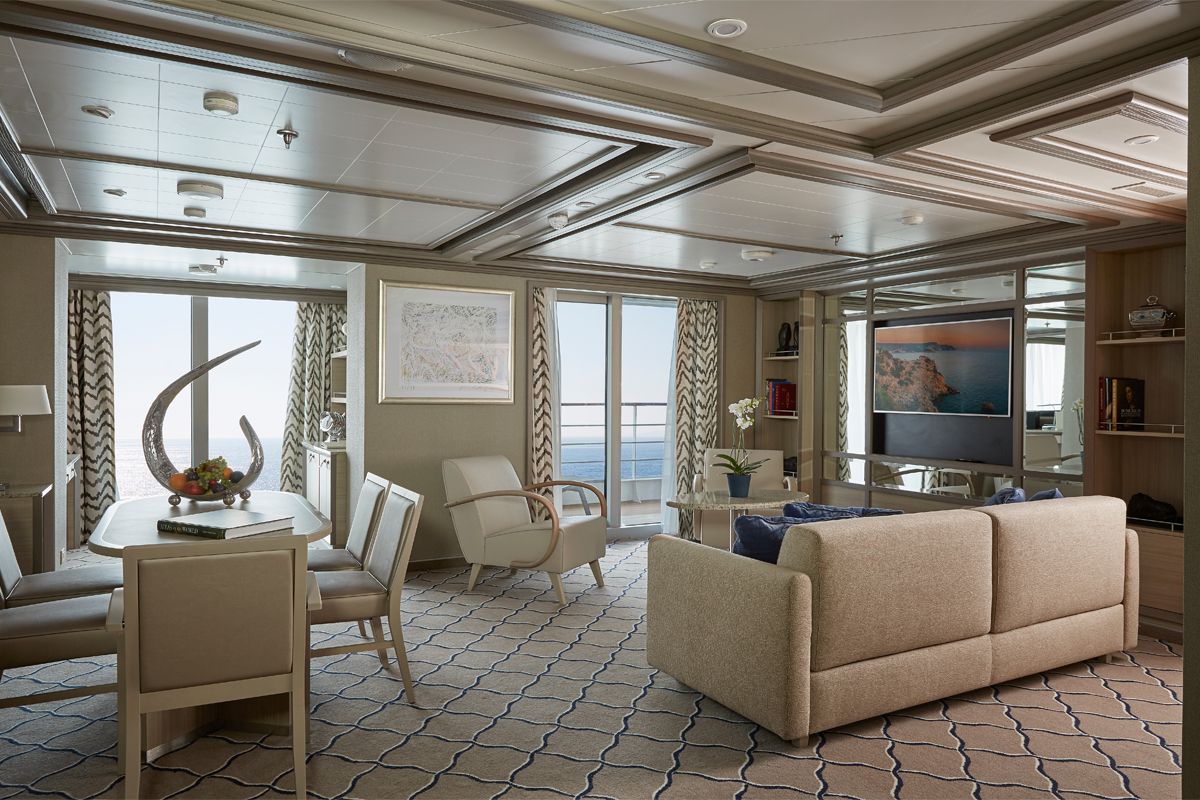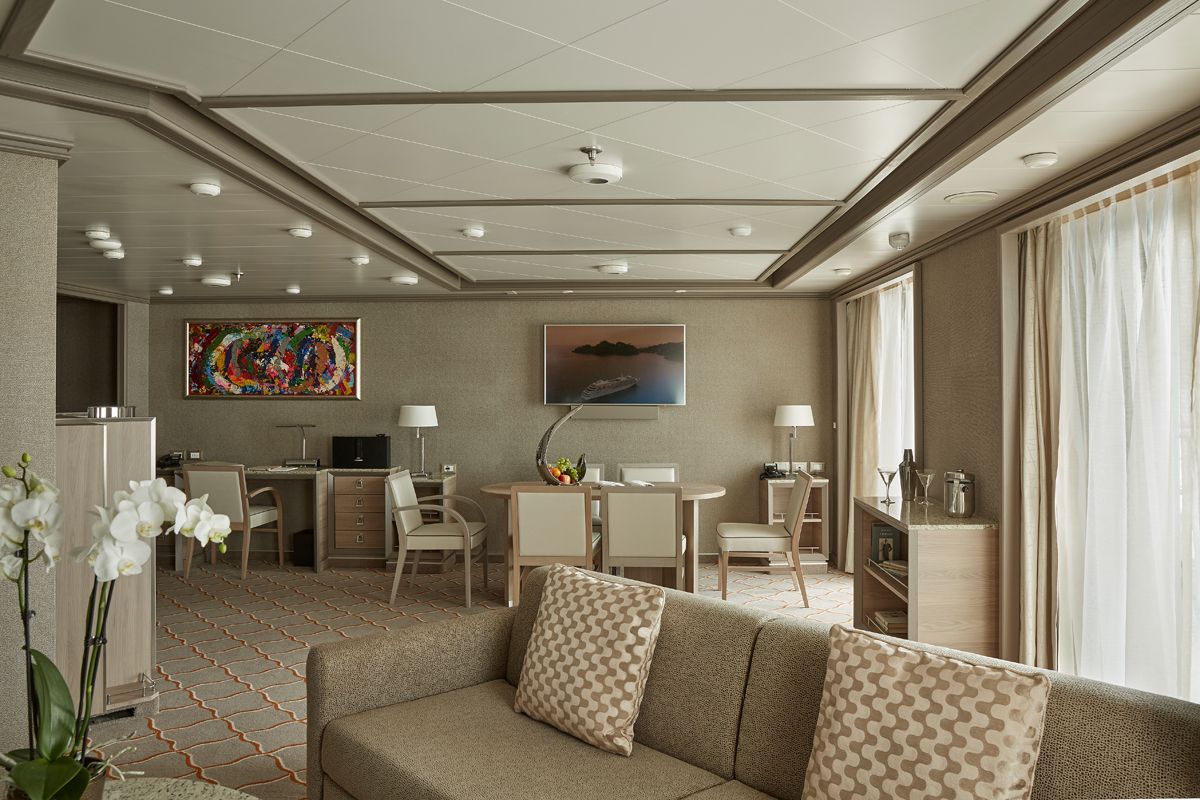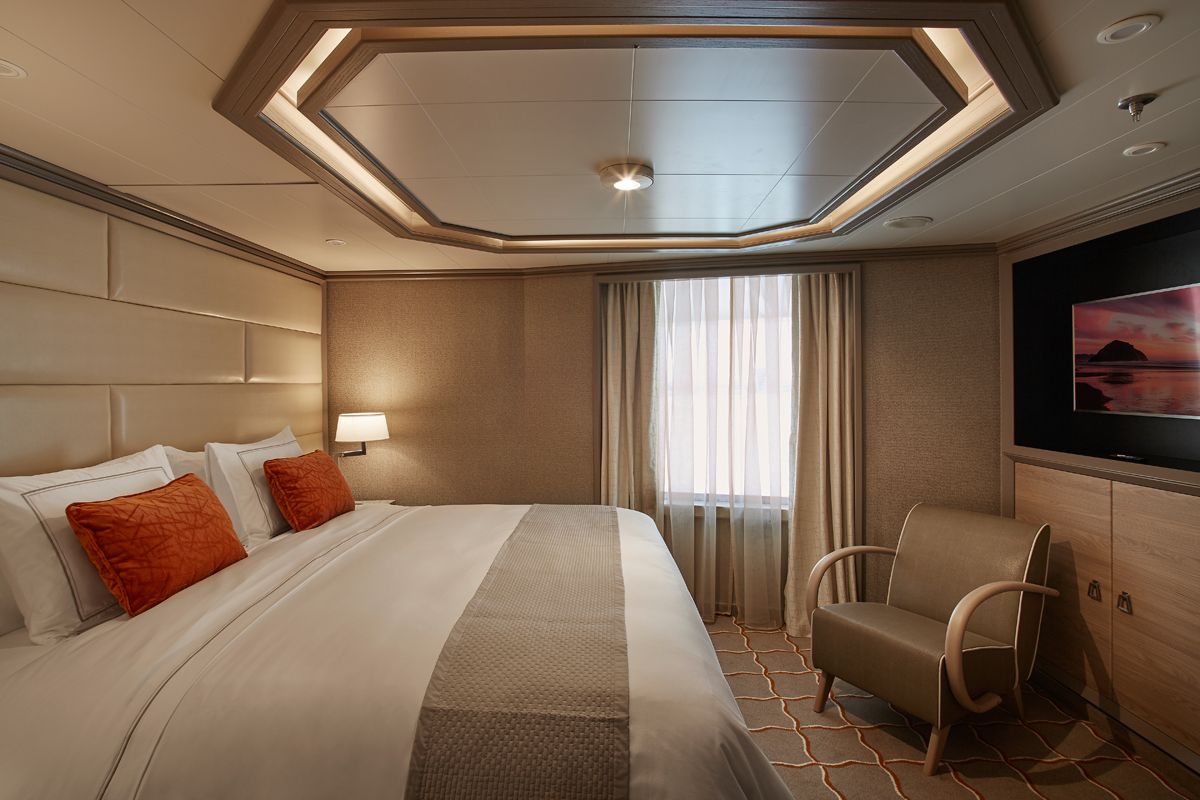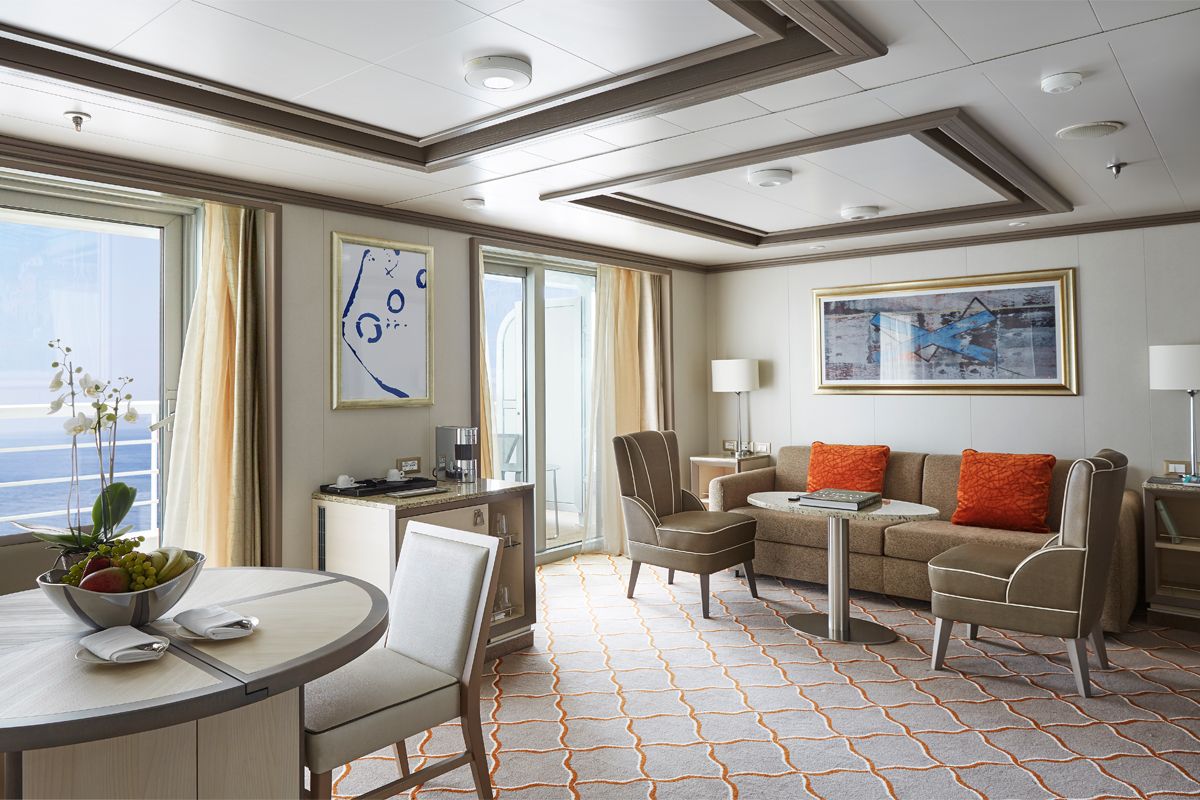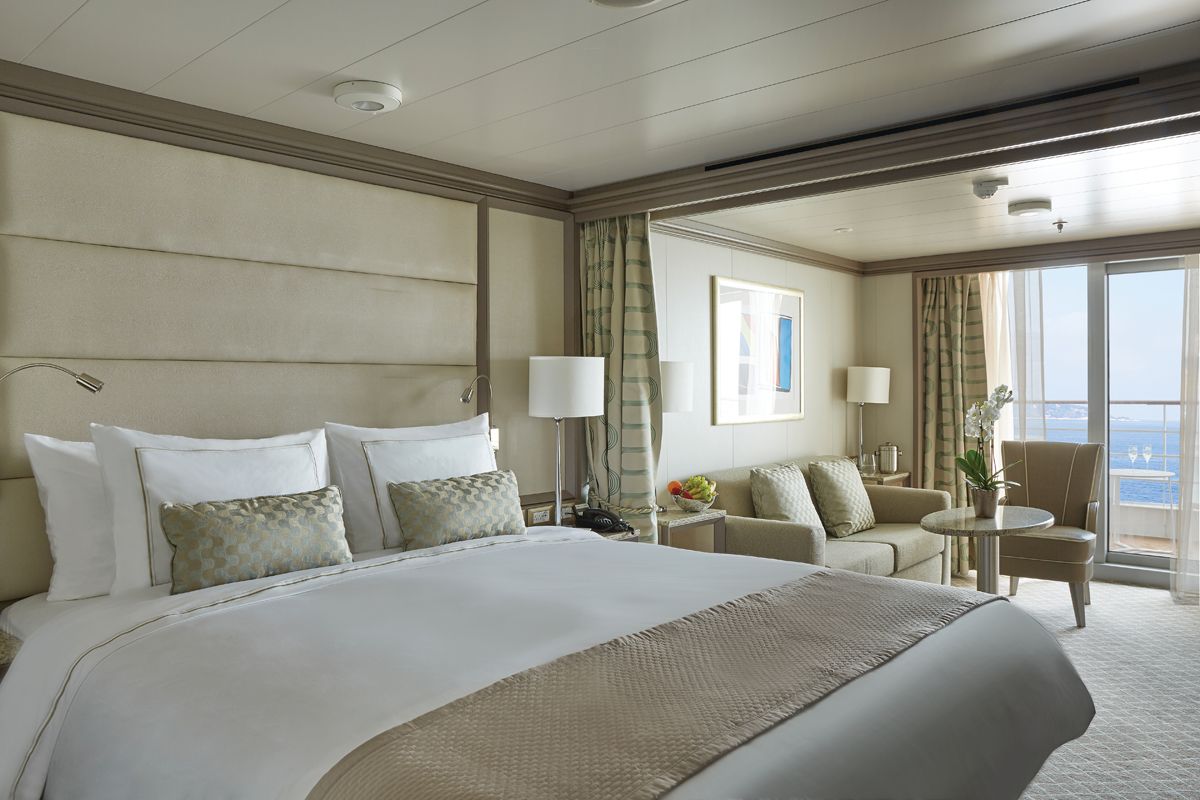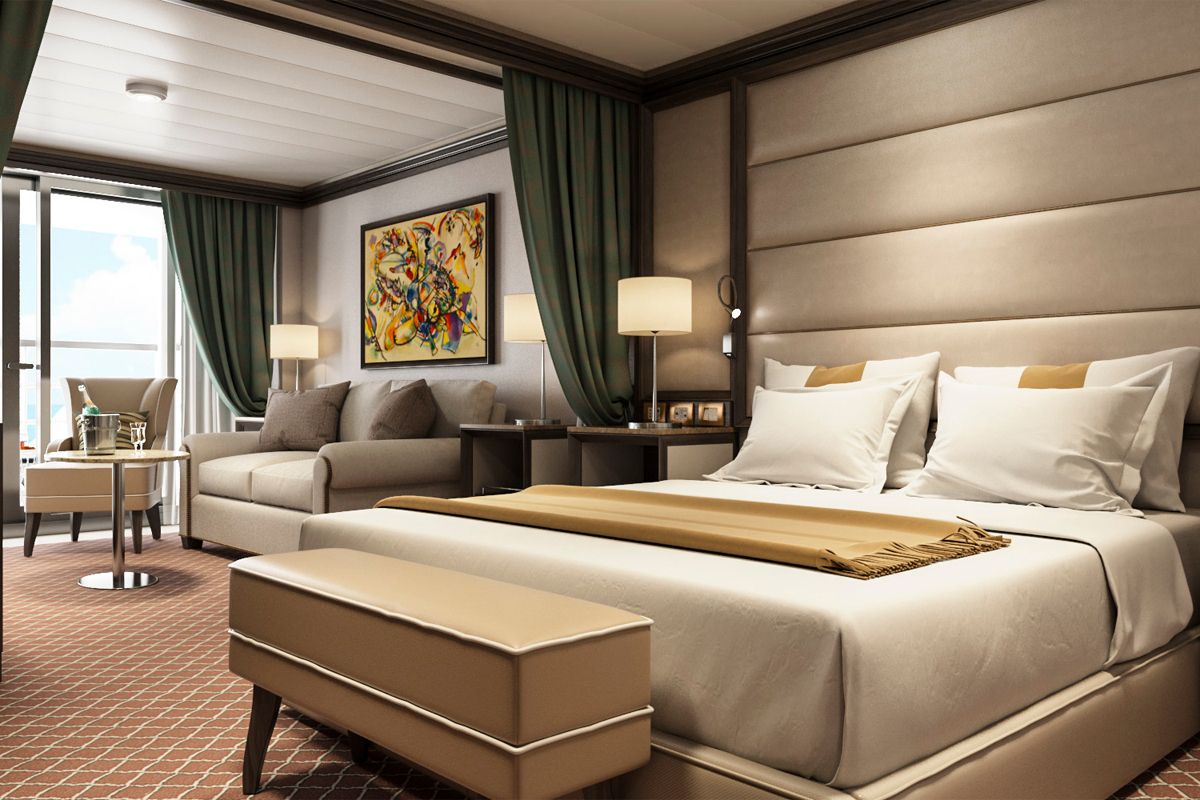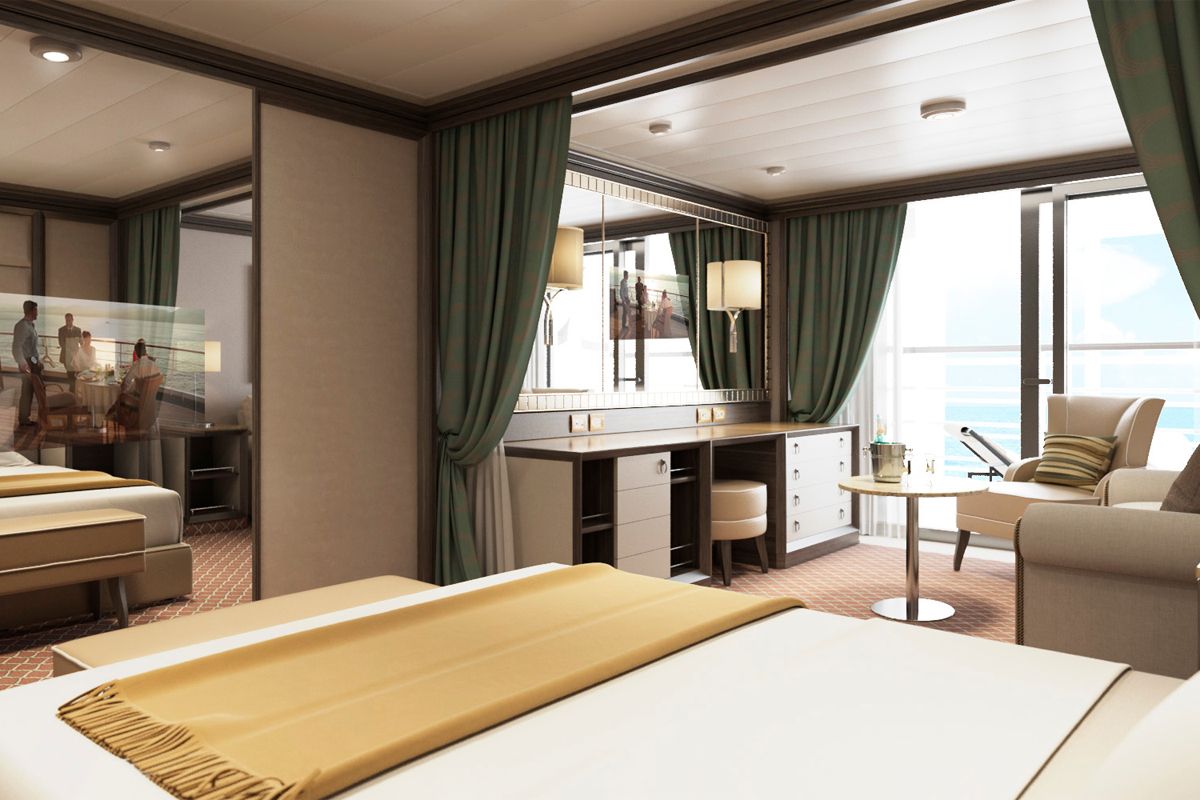

Go beyond your boundaries and explore the world as never before.
The infinite variety of street life, the nooks and crannies of the medieval Barri Gòtic, the ceramic tile and stained glass of Art Nouveau facades, the art and music, the throb of street life, the food (ah, the food!)—one way or another, Barcelona will find a way to get your full attention. The capital of Catalonia is a banquet for the senses, with its beguiling mix of ancient and modern architecture, tempting cafés and markets, and sun-drenched Mediterranean beaches. A stroll along La Rambla and through waterfront Barceloneta, as well as a tour of Gaudí's majestic Sagrada Famíliaand his other unique creations, are part of a visit to Spain's second-largest city. Modern art museums and chic shops call for attention, too. Barcelona's vibe stays lively well into the night, when you can linger over regional wine and cuisine at buzzing tapas bars.
Valencia, Spain's third-largest municipality, is a proud city with a thriving nightlife and restaurant scene, quality museums, and spectacular contemporary architecture, juxtaposed with a thoroughly charming historic quarter, making it a popular destination year in year out. During the Civil War, it was the last seat of the Republican Loyalist government (1935–36), holding out against Franco’s National forces until the country fell to 40 years of dictatorship. Today it represents the essence of contemporary Spain—daring design and architecture along with experimental cuisine—but remains deeply conservative and proud of its traditions. Though it faces the Mediterranean, Valencia's history and geography have been defined most significantly by the River Turia and the fertile huerta that surrounds it.
The city has been fiercely contested ever since it was founded by the Greeks. El Cid captured Valencia from the Moors in 1094 and won his strangest victory here in 1099: he died in the battle, but his corpse was strapped into his saddle and so frightened the besieging Moors that it caused their complete defeat. In 1102 his widow, Jimena, was forced to return the city to Moorish rule; Jaume I finally drove them out in 1238. Modern Valencia was best known for its frequent disastrous floods until the River Turia was diverted to the south in the late 1950s. Since then the city has been on a steady course of urban beautification. The lovely bridges that once spanned the Turia look equally graceful spanning a wandering municipal park, and the spectacularly futuristic Ciutat de les Arts i les Ciències (City of Arts and Sciences), most of it designed by Valencia-born architect Santiago Calatrava, has at last created an exciting architectural link between this river town and the Mediterranean. If you're in Valencia, an excursion to Albufera Nature Park is a worthwhile day trip.
Don’t be put off by Cartagena’s outskirts, which house chemical plants and mining machinery; plunge straight into the Old Town near the port instead. Old Town is steeped in history and bustling with life. The Roman ruins here are among some of the best in the country and Cartagena’s tapas are justly famed. Holy Week processions are as moving as those in Seville and Málaga, and music fans will enjoy the Mar de Músicas international music festival in July and the Jazz Festival in November. Flamenco aficionados shouldn’t miss the Festival del Cante de las Minas in August, an annual flamenco contest plus concerts held in La Unión, 16 km (10 miles) to the east of the city (www.fundacioncantedelasminas.org).
Málaga is one of southern Spain’s most welcoming and happening cities, and it more than justifies a visit. Visitor figures have soared since the Museo Picasso opened in 2003 and a new cruise-ship terminal opened in 2011, and much of the city has had a well-earned face-lift, with many of its historic buildings restored or undergoing restoration. The area between the river and the port is being spruced up and transformed into the Málaga Arte Urbano Soho (MAUS Art District), and in 2015 three new art museums opened, underlining the city's aim to become one of southern Europe's centers for art. Alongside all this rejuvenation, some great shops, and lively bars and restaurants have sprung up all over the center.
True, the approach from the airport certainly isn’t that pretty, and you'll be greeted by huge 1970s high-rises that march determinedly toward Torremolinos. But don’t give up: in its center and eastern suburbs, this city of about 550,000 people is a pleasant port, with ancient streets and lovely villas amid exotic foliage. Blessed with a subtropical climate, it's covered in lush vegetation and averages some 324 days of sunshine a year.
Central Málaga lies between the Guadalmedina River and the port, and the city’s main attractions are all here. The Centro de Arte Contemporáneo sits next to the river; to the east lies the MAUS district, slowly being hoisted from its former seedy red-light reputation to a vibrant cultural hub with galleries and up-and-coming restaurants. Around La Alameda boulevard, with its giant weeping fig trees, is old-town Málaga: elegant squares, pedestrian shopping streets such as Calle Marqués de Larios, and the major monuments, which are often tucked away in labyrinthine alleys.
Eastern Málaga starts with the pleasant suburbs of El Palo and Pedregalejo, once traditional fishing villages. Here you can eat fresh fish in the numerous chiringuitos and stroll Pedregalejo's seafront promenade or the tree-lined streets of El Limonar. A few blocks inland is Málaga's bullring, La Malagueta, built in 1874, and continuing west, Muelle Uno (port-front commercial center), whose striking glass cube is now home to the Centre Pompidou. It's great for a drink and for soaking up views of the old quarter.
With the Atlantic Ocean on three sides, Cádiz is a bustling town that's been shaped by a variety of cultures, and has the varied architecture to prove it. Founded as Gadir by Phoenician traders in 1100 BC, Cádiz claims to be the oldest continuously inhabited city in the Western world. Hannibal lived in Cádiz for a time, Julius Caesar first held public office here, and Columbus set out from here on his second voyage, after which the city became the home base of the Spanish fleet. In the 18th century, when the Guadalquivir silted up, Cádiz monopolized New World trade and became the wealthiest port in Western Europe. Most of its buildings—including the cathedral, built in part with wealth generated by gold and silver from the New World—date from this period. The old city is African in appearance and immensely intriguing—a cluster of narrow streets opening onto charming small squares.
With the Atlantic Ocean on three sides, Cádiz is a bustling town that's been shaped by a variety of cultures, and has the varied architecture to prove it. Founded as Gadir by Phoenician traders in 1100 BC, Cádiz claims to be the oldest continuously inhabited city in the Western world. Hannibal lived in Cádiz for a time, Julius Caesar first held public office here, and Columbus set out from here on his second voyage, after which the city became the home base of the Spanish fleet. In the 18th century, when the Guadalquivir silted up, Cádiz monopolized New World trade and became the wealthiest port in Western Europe. Most of its buildings—including the cathedral, built in part with wealth generated by gold and silver from the New World—date from this period. The old city is African in appearance and immensely intriguing—a cluster of narrow streets opening onto charming small squares.
Spread over a string of seven hills north of the Rio Tejo (Tagus River) estuary, Lisbon presents an intriguing variety of faces to those who negotiate its switchback streets. In the oldest neighborhoods, stepped alleys whose street pattern dates back to Moorish times are lined with pastel-color houses decked with laundry; here and there, miradouros (vantage points) afford spectacular river or city views. In the grand 18th-century center, calçada à portuguesa (black-and-white mosaic cobblestone) sidewalks border wide boulevards. Elétricos (trams) clank through the streets, and blue-and-white azulejos (painted and glazed ceramic tiles) adorn churches, restaurants, and fountains.
Of course, parts of Lisbon lack charm. Even some downtown areas have lost their classic Portuguese appearance as the city has become more cosmopolitan: shiny office blocks have replaced some 19th- and 20th-century art nouveau buildings. And centenarian trams share the streets with "fast trams" and noisy automobiles.
Lisbon bears the mark of an incredible heritage with laid-back pride. In preparing to host the 1998 World Exposition, Lisbon spruced up public buildings, overhauled its subway system, and completed an impressive second bridge across the river. Today the former Expo site is an expansive riverfront development known as Parque das Nações, and the city is a popular port of call for cruises, whose passengers disembark onto a revitalized waterfront. Downtown, all the main squares have been overhauled one by one.
In its heyday in the 16th century, Lisbon was a pioneer of the first wave of globalization. Now, the empire is striking back, with Brazilians and people from the former Portuguese colonies in Africa enriching the city’s ethnic mix. There are also more than a few people from other European countries who are rapidly becoming integrated.
But Lisbon's intrinsic, slightly disorganized, one-of-a-kind charm hasn't vanished in the contemporary mix. Lisboetas (people from Lisbon) are at ease pulling up café chairs and perusing newspapers against any backdrop, whether it reflects the progress and commerce of today or the riches that once poured in from Asia, South America, and Africa. And quiet courtyards and sweeping viewpoints are never far away.
Despite rising prosperity (and costs) since Portugal entered the European Community in 1986, and the more recent tourism boom, prices for most goods and services are still lower than most other European countries. You can still find affordable places to eat and stay, and with distances between major sights fairly small, taxis are astonishingly cheap. All this means that Lisbon is not only a treasure chest of historical monuments, but also a place where you won’t use up all your own hard-earned treasure.
World Cruise Finder's suites are some of the most spacious in luxury cruising.
Request a Quote - guests who book early are rewarded with the best fares and ability to select their desired suite.
